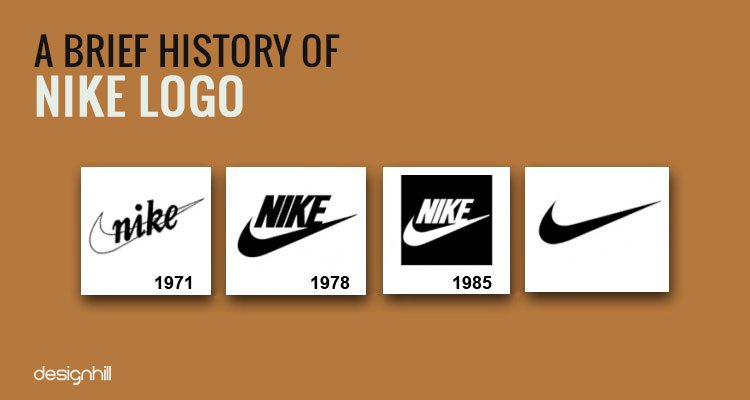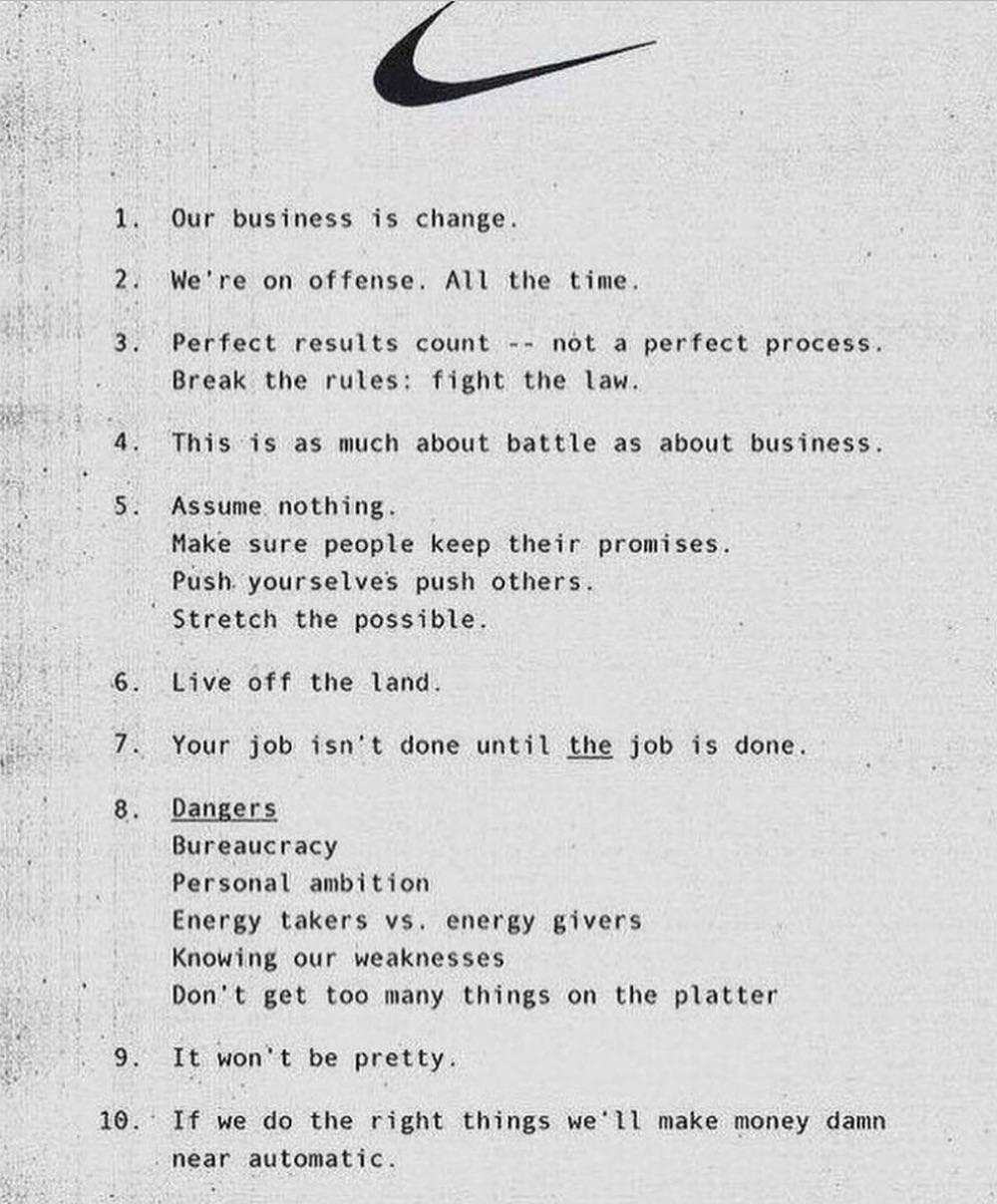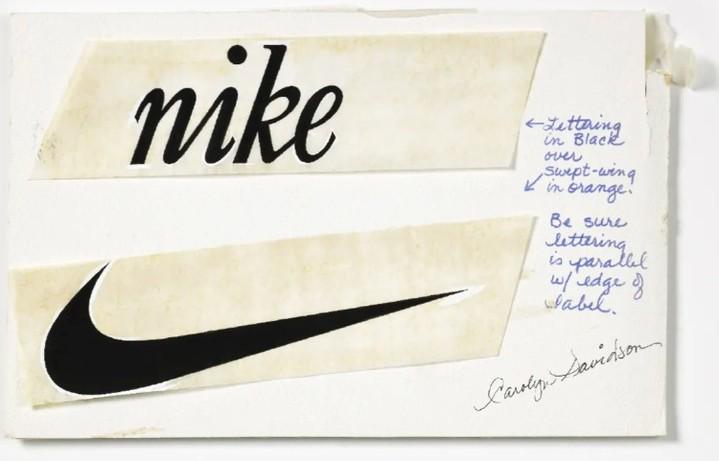Back
SHIV DIXIT
CHAIRMAN - BITEX IND... • 1y
📖 DAILY BOOK SUMMARIES 📖 🔗 DIRECT FREE E-BOOK DOWNLOAD LINK AVAILABLE — https://drive.google.com/file/d/1zZVioGUF8bSpvXRQjFhzOnD9HfJX7Unj/view?usp=drivesdk 🔥 Shoe Dog🔥 🚀 17 Lessons from 👉 ✨ by Phil Knight ✨ 1. The Early Vision • Phil Knight, fresh out of business school, had a passion for running and a vision to bring quality, affordable shoes from Japan to the American market. This idea was inspired by a class project, which became the foundation of Nike 2. The Beginning of Blue Ribbon Sports • In 1962, Knight traveled to Japan and convinced Onitsuka, the maker of Tiger shoes, to allow him to distribute their shoes in the U.S. He formed Blue Ribbon Sports (BRS) and began selling shoes from the trunk of his car 3. Struggles with Finances • The company faced constant financial difficulties, relying on short-term bank loans to keep running. Knight and his small team were often in debt, struggling to keep inventory while growing demand 4. Building a Team • Knight recruited a few trusted individuals, such as Bill Bowerman (his track coach), who became a crucial figure in product design, and Jeff Johnson, who helped build the business with creative marketing and grassroots efforts 5. The Creation of Nike • Tensions between Knight and Onitsuka led to the birth of Nike in 1971. The company, wanting independence, introduced the Nike brand with its iconic Swoosh logo, designed by a student for $35, and the name derived from the Greek goddess of victory 6. Innovation & Product Development • Nike’s success largely stemmed from innovation, particularly Bowerman’s design of the Waffle Sole, which revolutionized running shoes. The company constantly sought to improve performance for athletes 7. Cultural Branding • Knight and Nike were pioneering in associating their products with elite athletes. Their early endorsement of runner Steve Prefontaine and later signing of Michael Jordan established Nike as a cultural icon 8. Challenges with Competition • Throughout its growth, Nike faced competition from big brands like Adidas and Puma. There were also legal battles with Onitsuka over distribution rights, and later challenges related to labor practices and public criticism 9. IPO and Global Expansion • In 1980, Nike went public, giving it a massive influx of capital that fueled further expansion. The company focused on global markets and diversified its product line beyond running shoes, entering basketball, tennis, and other sports 10. Personal Reflections • Knight reflects on the sacrifices and personal challenges he faced along the journey, including the toll the business took on his relationships and mental health. Despite these challenges, his relentless passion for Nike’s mission kept him moving forward 11. Legacy • By the end of the memoir, Nike has grown into a global empire. Knight attributes the company’s success to a combination of innovation, perseverance, and a belief in sports
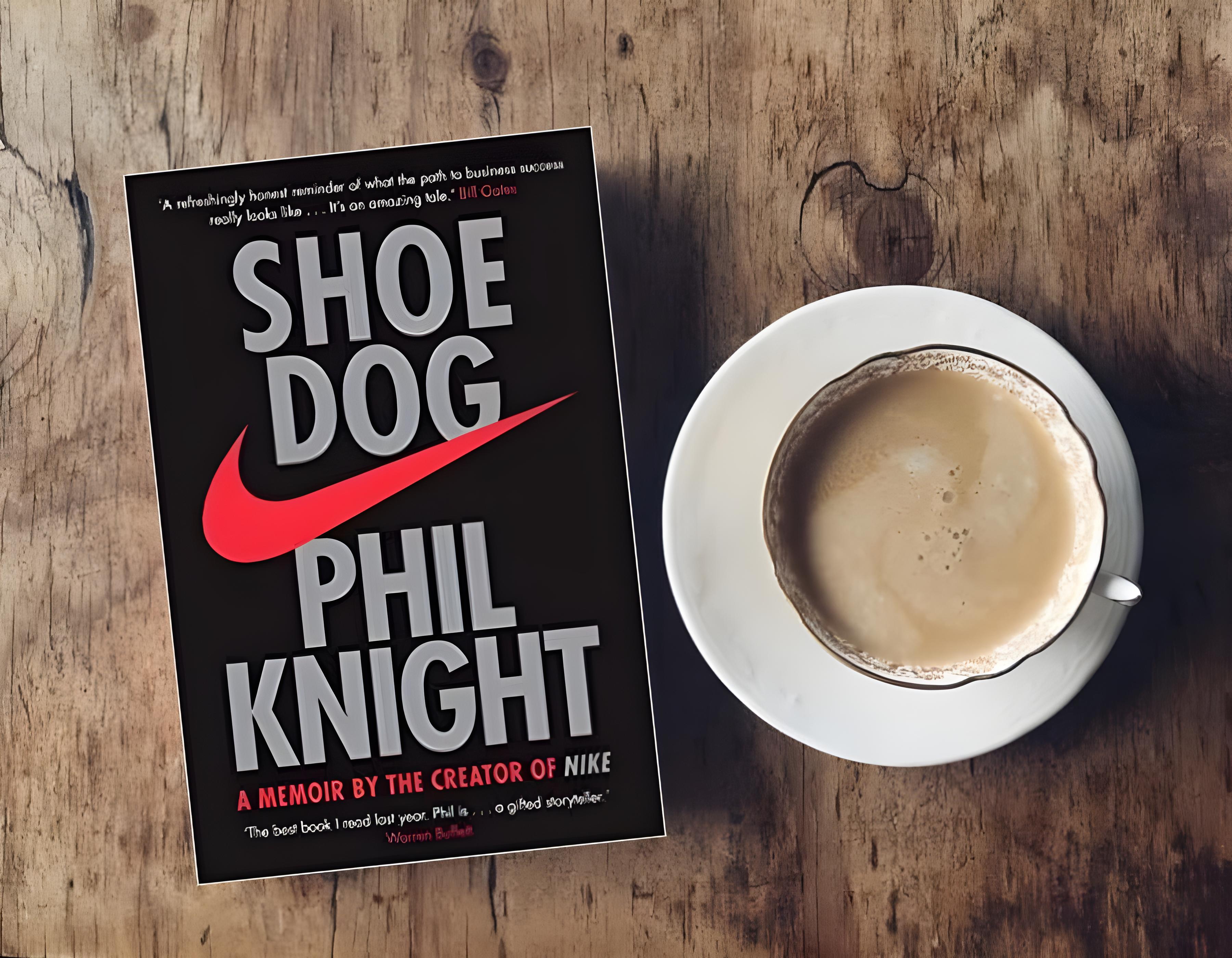
Replies (3)
More like this
Recommendations from Medial
Hemant Prajapati
•
Techsaga Corporations • 1y
🔍 Nike: A Case Study in Branding and Innovation 🔍 🚀 The Rise of a Global Powerhouse 🔸 Founded in 1964 as Blue Ribbon Sports, later rebranded as Nike. 🔸 Founders Phil Knight and Bill Bowerman aimed to create superior athletic footwear. 💡 Bra
See More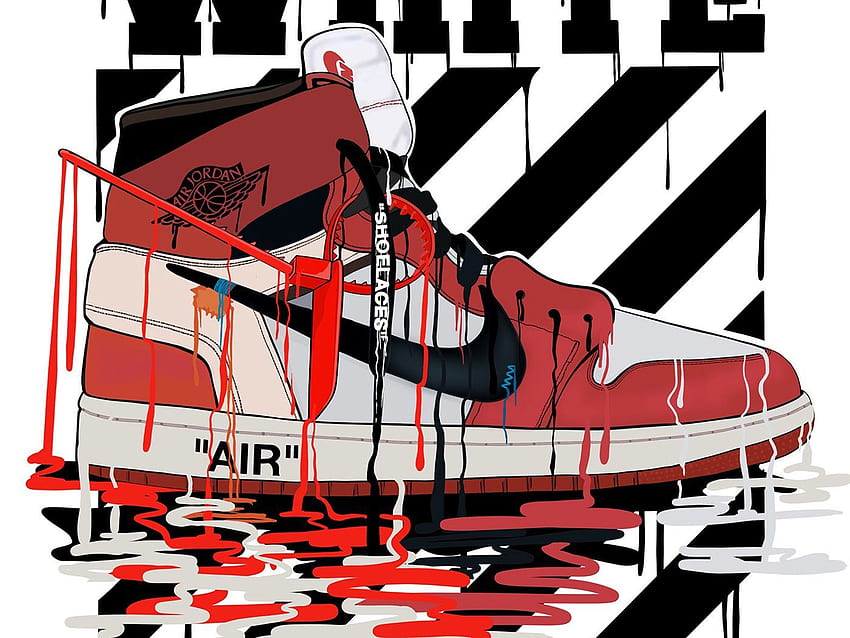
Rajan Paswan
Building for idea gu... • 1y
The Story of the Banned Air Jordans [Controversial Marketing by Nike] The NBA's Shoe Color Rule: In the 1980s, the NBA required players' shoes to be at least 51% white, matching their team's uniform to maintain a standardized look on the court. Mic
See More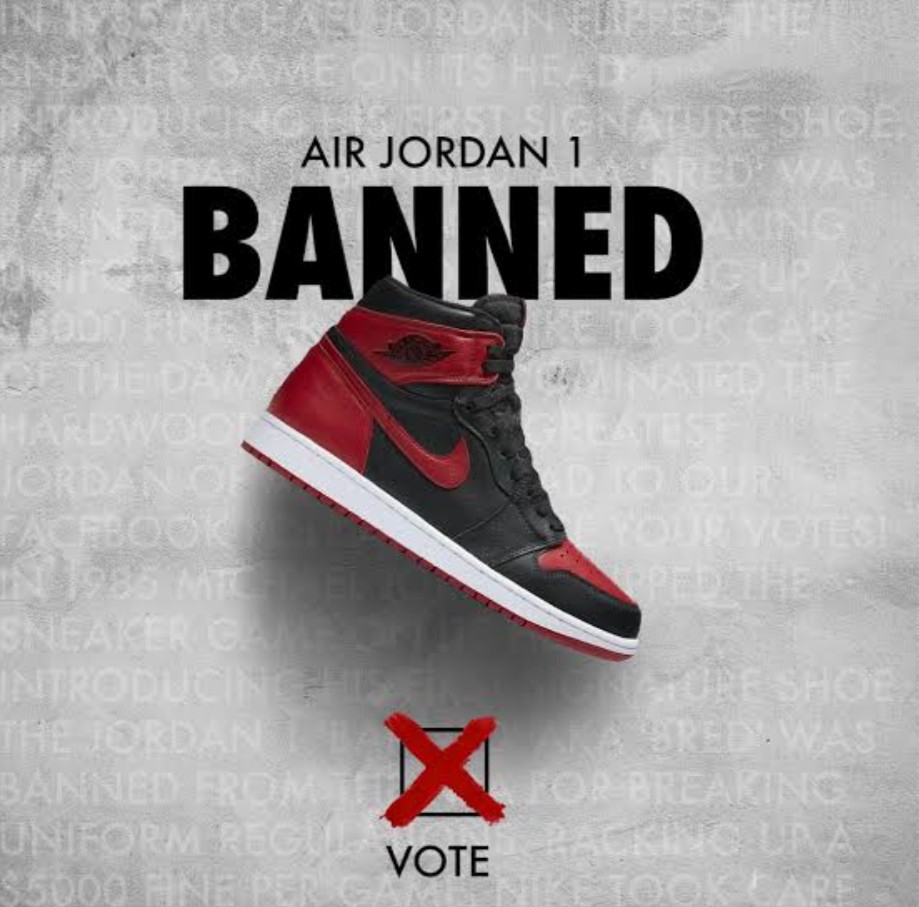
SUNIL JOSHI
Retail business • 11m
Hi we have running retail shops of premium brands at five locations in punjab. we need funds for our business . Currently we have retail.shops of nike Mbo at ludhiana,Patiala , mohali and one brand at bathinda.We got loan from icici bank but it was v
See MoreDownload the medial app to read full posts, comements and news.







